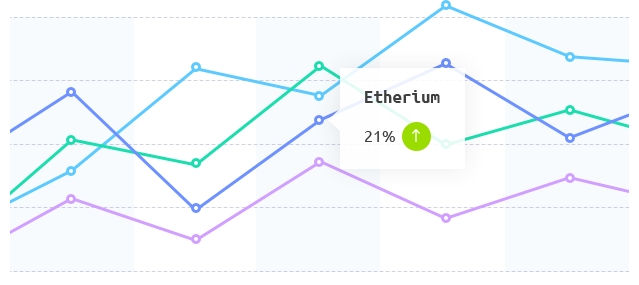
Bitmoney cryptocurrency exchange
Geography of cryptocurrency exchange. We work in the following locations:
- Russia: Moscow, St. Petersburg,
Yekaterinburg, Chelyabinsk; - UAE: Dubai, Sharjah, Abu Dhabi;
- Turkey: Istanbul, Antalya, Alanya;
- Cyprus: Limassol;
- Kazakhstan: Alma-Ata, Nur-Sultan;
- Kyrgyzstan: Bishkek;
- Georgia: Tbilisi, Batumi;
- — International payments without restrictions for business and personal purposes
- — We act as a financial agent
- — We pay invoices (sanctioned goods, cars, apartments, equipment)
- — Acceptance of rubles and payments to foreign companies
- — Reception from foreign companies and cash payment
- — Depending on your financial problem, we will offer the best solution
| Currency pair | Purchase | Sale | Change |
|---|---|---|---|
| XMR/USD | 155.329 | 161.669 | -0.420% |
| BCH/RUB | 7350.521 | 7650.542 | 0.442% |
| BTC/USD | 16979.527 | 17672.569 | 0.273% |
| LTC/USD | 79.261 | 82.496 | -2.384% |




Mining — process of creating new virtual structures (known as blocks) to maintain functioning of crypto platforms. Creating a new block user is rewarded. Reward comes as a part of the created cryptocurrency piece and/or computational fee. Usually mining is about complex computational series with iteration through different parameters to find a specific hash. Different cryptocurrencies use different mathematical models, but it always takes much time to find an optimal solution, but solution check is quick. Such calculations are used by cryptocurrency algorithms to provide protection against the repeated spending of the same blocks, and the reward encourages people to spend their computing power and maintain the operation of networks.
Mining is not the only option to create blocks and provide emission. There is forging and ICO exists. It usually happens to use one of them, but some cryptos use a combination of these methods.
Blockchain — continuous chain which consists of blocks and being organized by some set of rules (linked list, containing data). Most of the time the chain spreads across the network and is stored and copied by many computers in the network separately.
Bitcoins itself is a very volatile coin. Besides its popularity brings its value growth dozens, it's also having ups and downs. Before October 2010 nobody had not heard anything about bitcoin. It had a price of 6 cents at that moment. 16 of april 2011 TIME magazine published an article about bitcoin - bitcoin growed up to $1.
After this publication, the price quickly soared up to $30. On October 29, 2013, the world's first bitcoin ATM was installed in Canada and the price of bitcoin was already $100. After this news spread around the world, the price quickly soared to $1200.
After a while influential people and companies began to invest in bitcoin, top venture capitalists like Marc Andreessen, Reed Hoffman, Fred Wilson, billionaires like Richard Branson (Virgin) and Lee Kashin (the richest man in Asia), such venerable TOP managers as Vikram Pandit (Citigroup), Max Levchin (PayPal), Tom Glocer (Reuters), Bill Miller (Legg Mason Capital) and such large companies as Google, New York Stock Exchange, USAA (American bank and policyholder), BBVA (2nd bank in Spain), and NTT Docomo (a major Japanese mobile operator). Also some time ago a famous Russian billionaire Yuri Milner who is famous for being one of the first to invest in facebook shares, which then soared in price, made a bet on bitcoin.
Want to know how decentralized cryptocurrency Bitcoin works in detail? Here is the video explaining all the main principles of cryptocurrency in a nutshell. It will take 20 minutes of your time.
Like the dollar, bitcoin is secured only by the demand for it and the belief in its reliability. Bitcoin appeared 11 years ago and has already proven its reliability in practice. Bitcoin enjoys great interest among investors, including very rich people. Also, part of the demand is cash flows (for example, any international bank transfer over $5,000 must be approved by the currency control, unlike bitcoin, where no one needs to certify anything in principle). There are other components of demand.
All bitcoins transaction databases are free and anyone can access it. It is stored on thousands of devices, which are owned by equal network participants. This technical model allows people to store and transfer bitcoins directly to each other, bypassing mediation like banks, central banks and payment systems such as Visa/Mastercard. The absence of intermediaries reduces fees for money transfers.
Bitcoin eliminates the risk of bank bankruptcy or devaluation of the national currency.










